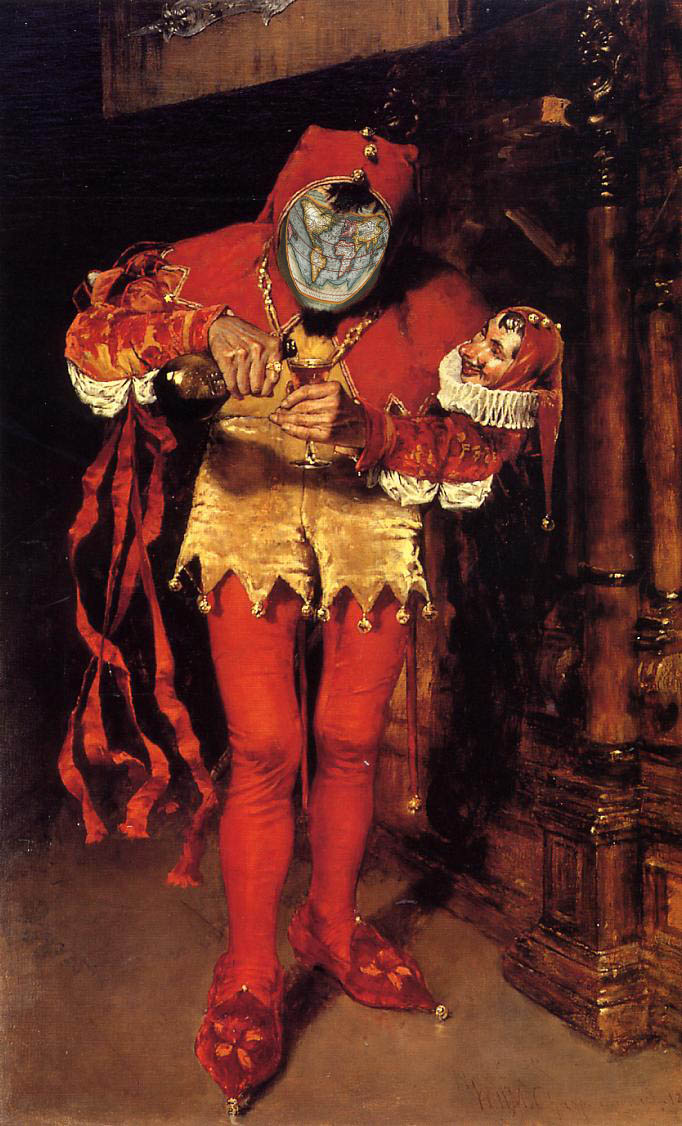I’m an Assistant Professor in Peace & Conflict Studies and Geography at Colgate University in upstate New York.
This now-abandoned blog dates back to my days as a PhD Student in Geography at the University of California, Berkeley. It began as my own personal wikipedia—a place to store (and inter-link) my notes of all the reading I was doing. Before returning to graduate school, my professional background was in journalism, covering Latin American affairs and U.S. policy toward the region. Although I’m now focused full-time on my academic work, I continue doing journalism on the side as a way of sharing my research with broader audiences.
My research is about the political ecology of violent conflict and development in Latin America with a special interest in the role of natural resources and illicit political-economic networks. My current book project, tentatively titled In the Absence of the State, examines how outlaw combatant groups funded by the drug trade engage in unexpected forms of state-building in a violent frontier zone of northwest Colombia. I have also begun research on a new project in Colombia about the ways the environment is being used as both a weapon of war and a tool for peace.
Here’s how I described the blog back when it was active:
This blog is my motley space for commentary, summary, research notes, study, and whatever else I might want to do. Since February 2011, I’ve been using it to “write out loud” and to keep track of stuff I work on and think about.
The image gracing the header of the blog is called, “Fool’s Cap Map.” David Turnbull explains this unique cartographic specimen in his book Masons, Tricksters, and Cartographers (2000, 92):
Although the author and origin are unknown, the Fool’s Cap Map dates from the late sixteenth century, probably post-1587… The title is roughly translatable as ‘’tis folly to be wise’. There are several variants of this image but they all bear the Delphic injunction ‘know thyself’. One way of reading the image would suggest that all seemingly universal truths, all apparently trustworthy knowledge or authoritative maps, are partial and untrustworthy in that they conceal a hidden social ordering. This may be seen in the analogous role of the jester who confirms the king’s power through mocking him. The jester’s costume is of course the origin of the term motley. Just as the jester’s motley is an assemblage of heterogeneous components, so, too, is our mapping of the world. The moral is that we need to remind ourselves of the role of the jester or the trickster in order to avoid taking our knowledge for truth—thus becoming victims of our own folly.
But the jester is also the trickster, a mythological figure in a vast range of cultures: the monkey god in India; the spider in Africa; the coyote in America; Loki in Scandinavia are some examples. The trickster is the spirit of disorder, the enemy of boundaries…. The trickster warns us to be wary of such boundaries and divides. The trickster is also a performer and should remind us that history telling is also a performance; we in the academic West make too much of representation and neglect the performative side of knowledge making and knowing the world. We who purport to be historians, sociologists, or cultural critics, are also tricksters.
I have decided to run with this jester theme; it embraces the spirit that this blog hopes to embody. For any queries feel free to email me.


Enjoyed.
Reading these Articles and Viewing your Web page, give hope and continue with the Struggles We face Daily.
Pingback: Casting off – Fluid lives in a South Asian megacity | Fluid Lives
stumbled upon your blog as i was researching Derek gregory’s geographical imaginations via irit rogoff’s terra infirma. Discovering the fool’s cap map is amazing and finding out about David Turnbull’s book, has just made me purchase it from amazon. I keep on coming across the trickster, also an jungian archetype. looking forward to reading more of your blog.
I am appreciating this space…